The Rector of the Republic of Ragusa governed Dubrovnik from the late 15th century until 1808. Situated between the Dubrovnik town hall and the church of St. Blaise (patron Saint of the old city of Dubrovnik) is the Rector's Palace. The governing position of Rector was designed to be held only for one month at a time, and the person in this office was forbidden to leave the building without express permission of the Senate. During the early Middle Ages, a defensive building (documents of 1272 referred to this building as castrum) occupied this same location. Once it became the Rector's Palace, the structure was either destroyed or heavily damaged over the ensuing years by fires, gunpowder explosions, or earthquakes. Each time it was rebuilt and/or renovated, the palace took on a different look (following the 1435 fire, archetect Onofrio della Cava, who designed the water system for the city and the fountain named after him, was commissioned to rebuild the Palace). Thus, the present-day shape of the Rector's Palace owes its look to the many additions and renovations over its history. Today, the Palace houses the history department and the Cultural Historical Museum of Dubrovnik.
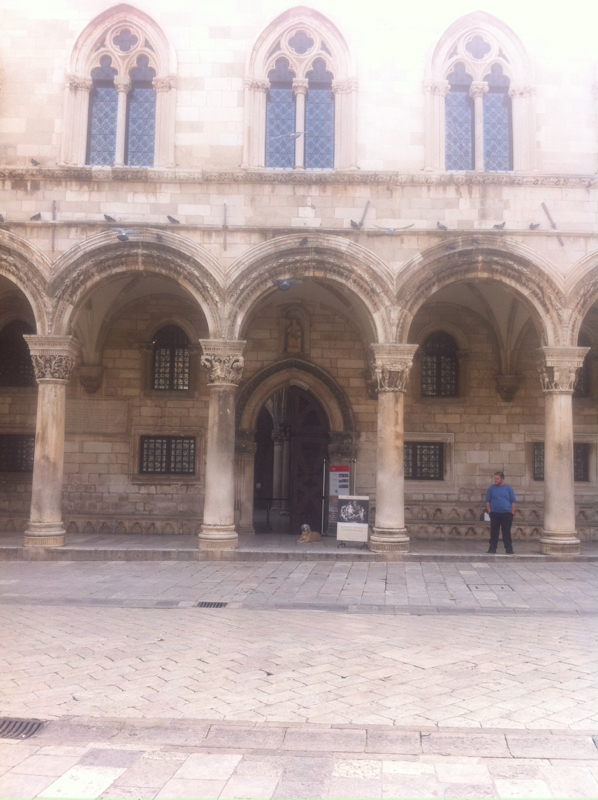
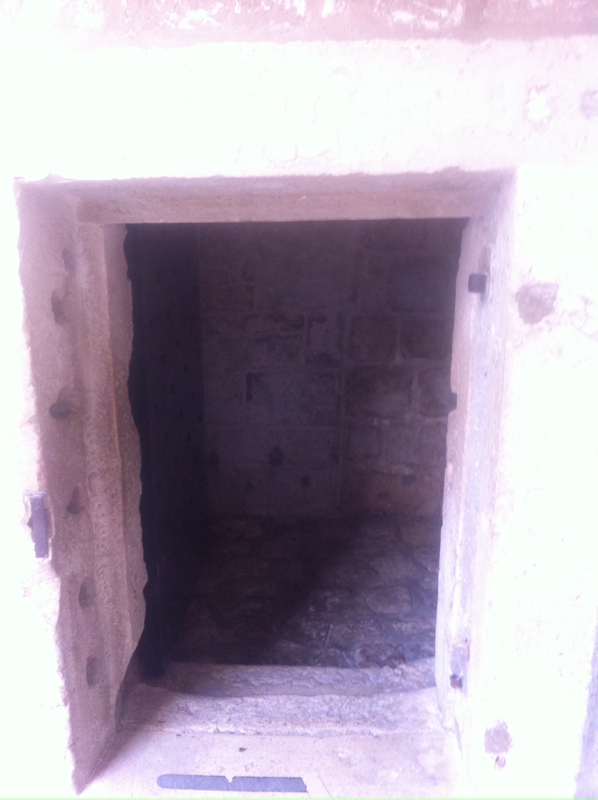
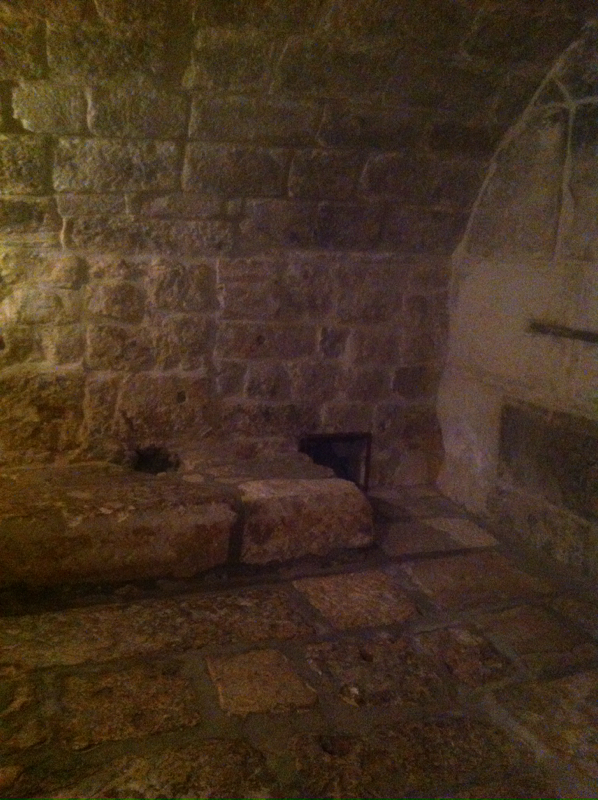
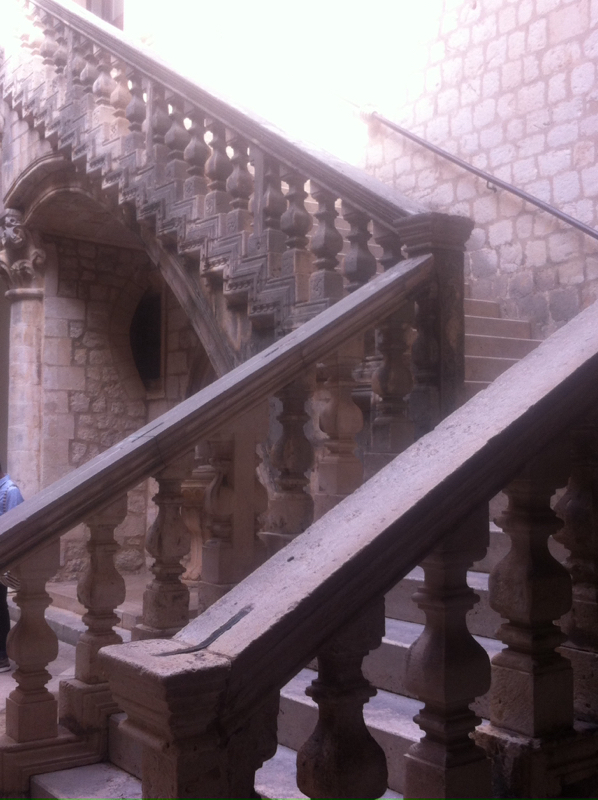
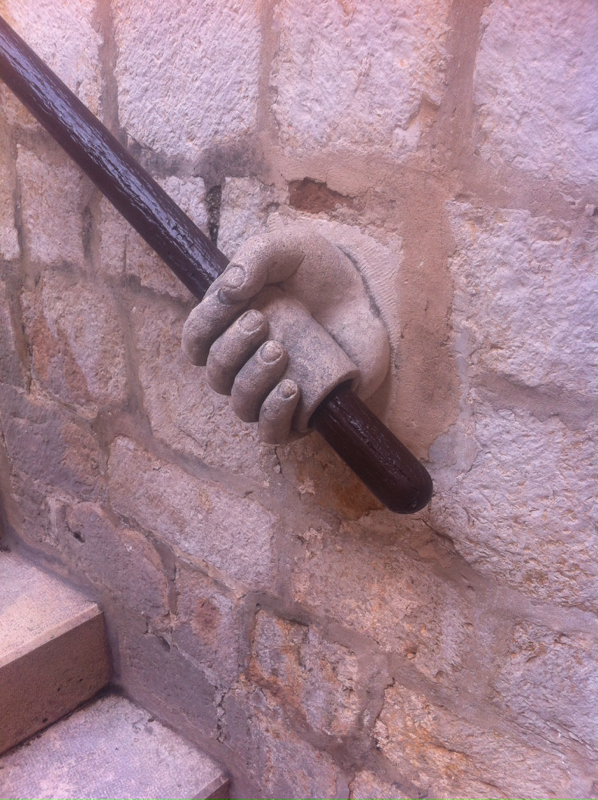
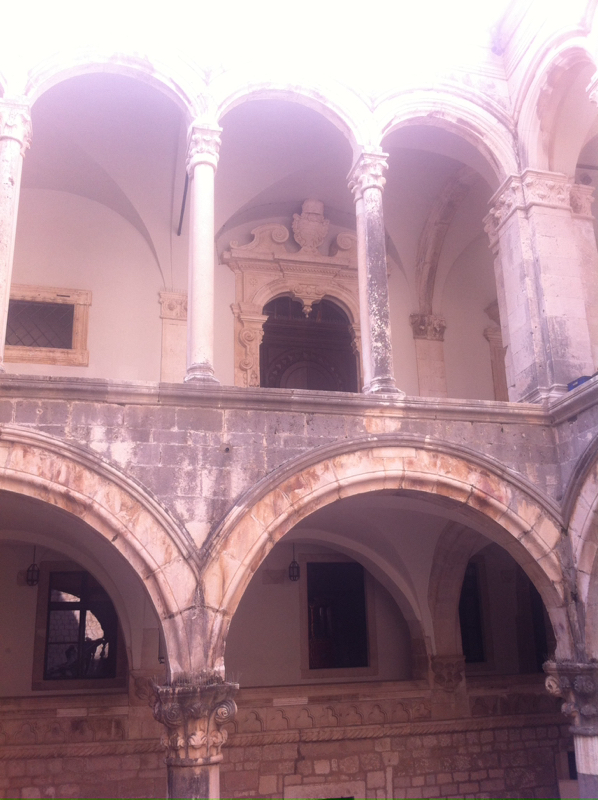
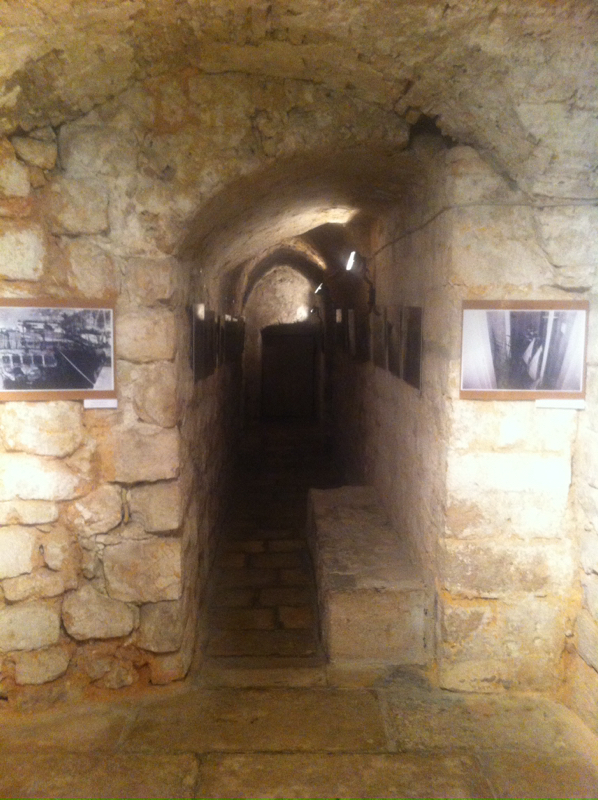
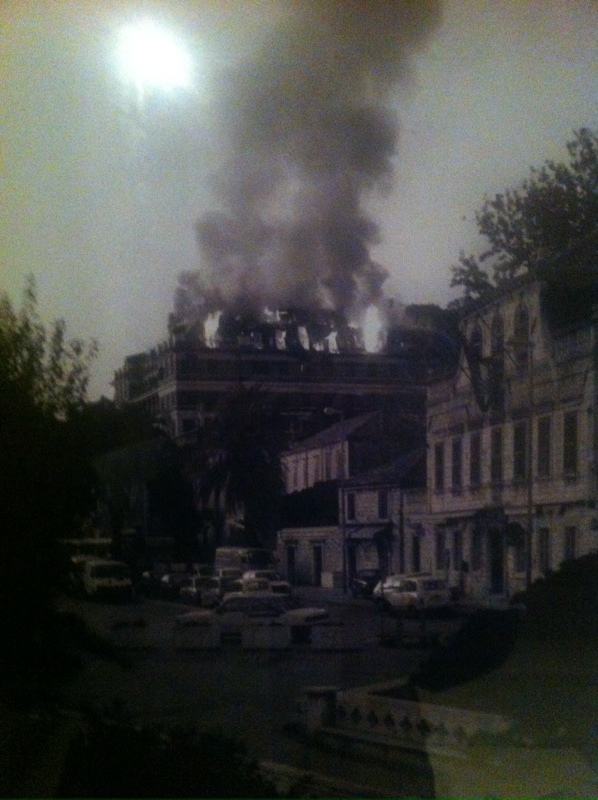
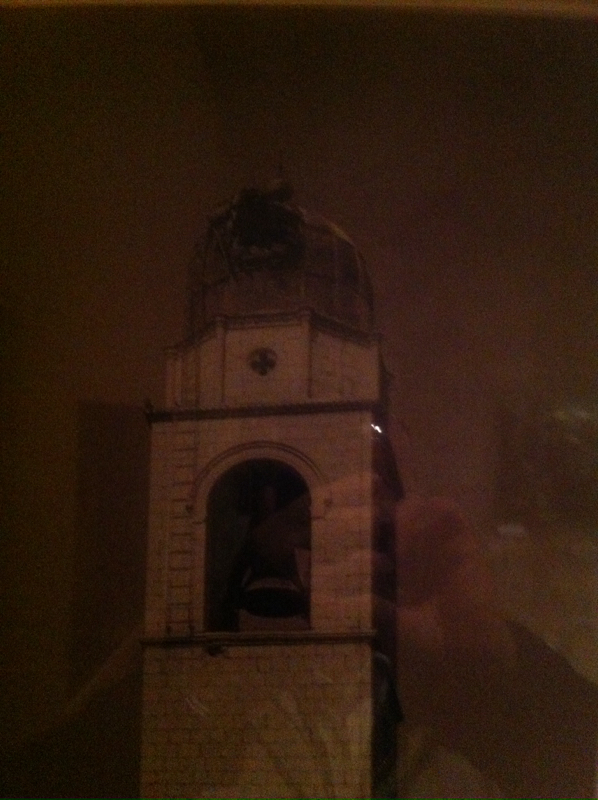
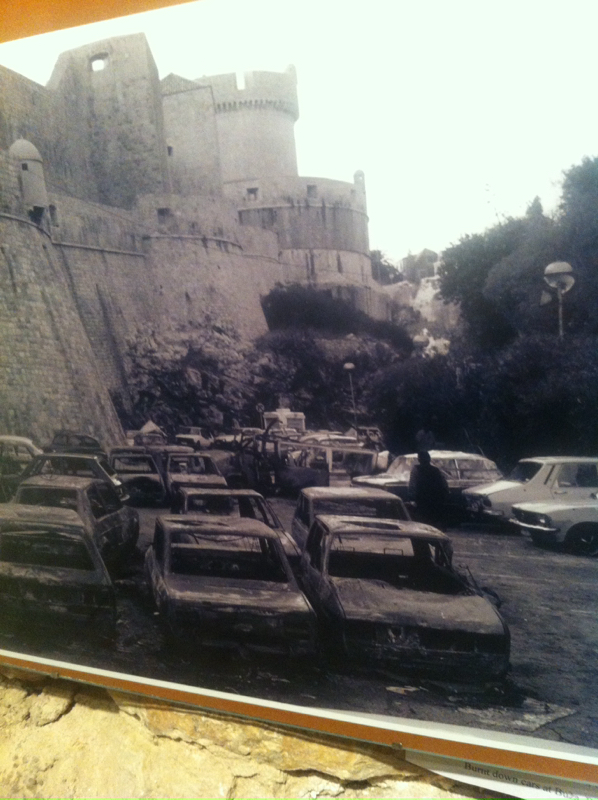
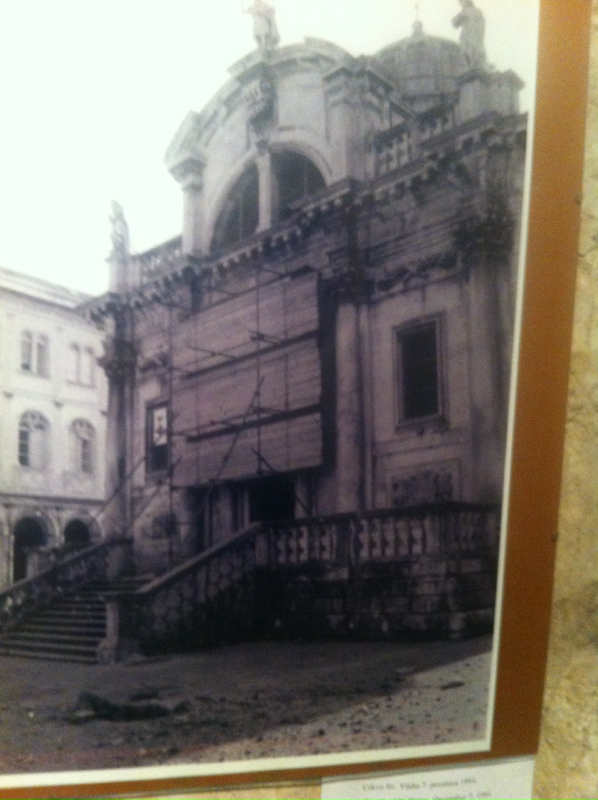
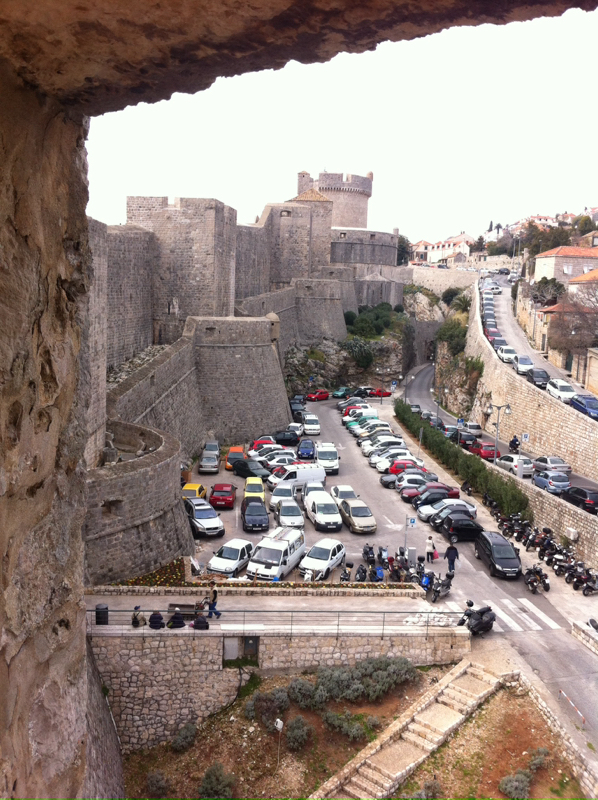
 RSS Feed
RSS Feed
